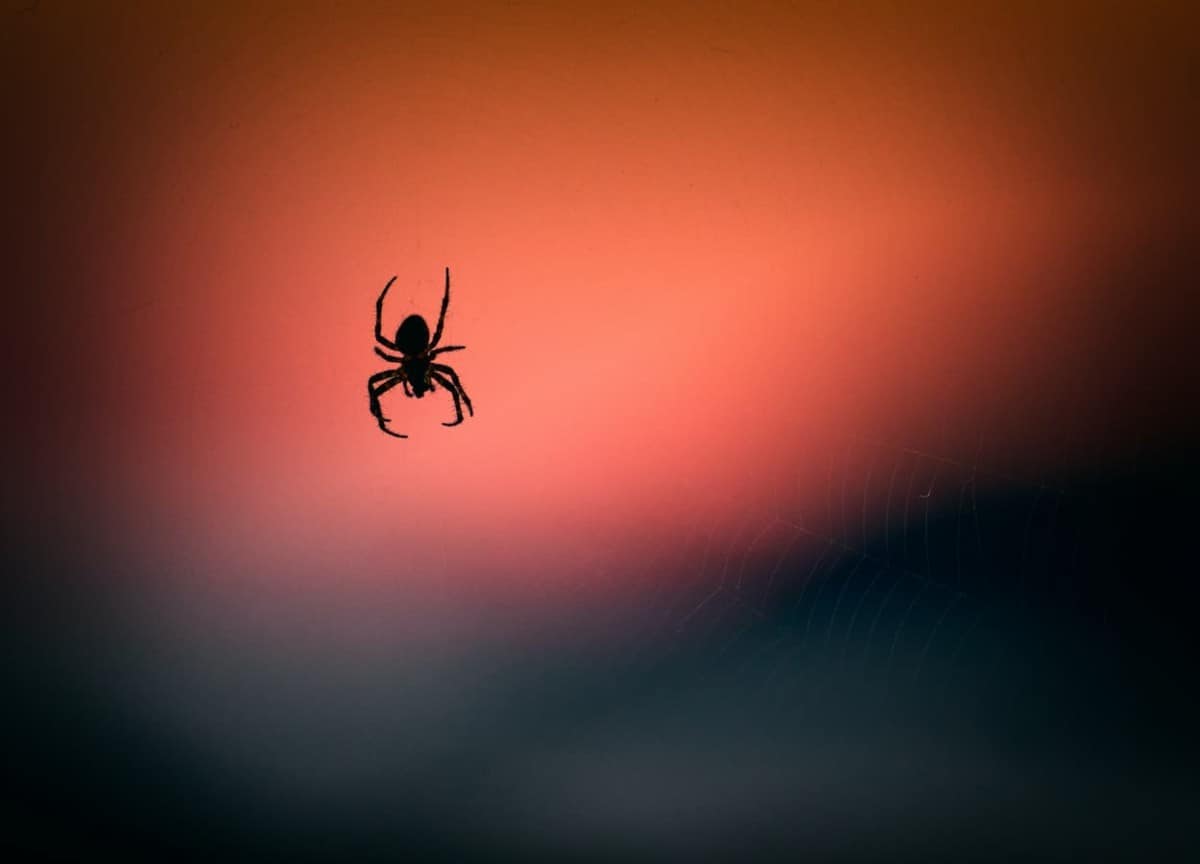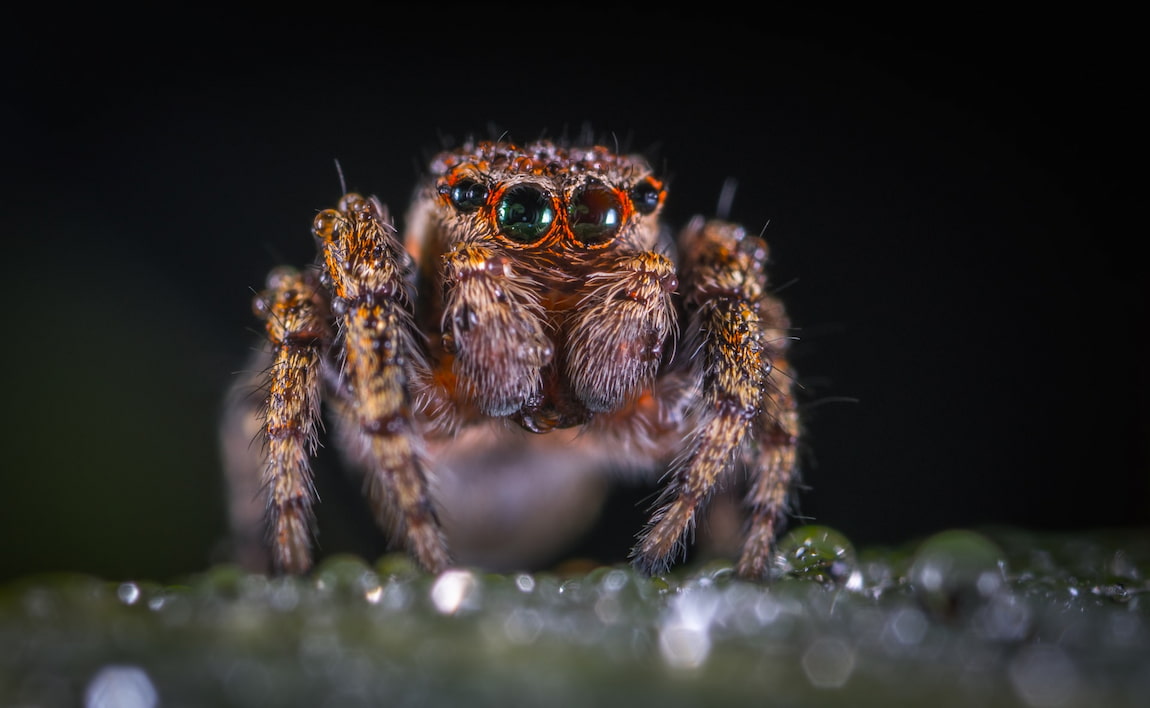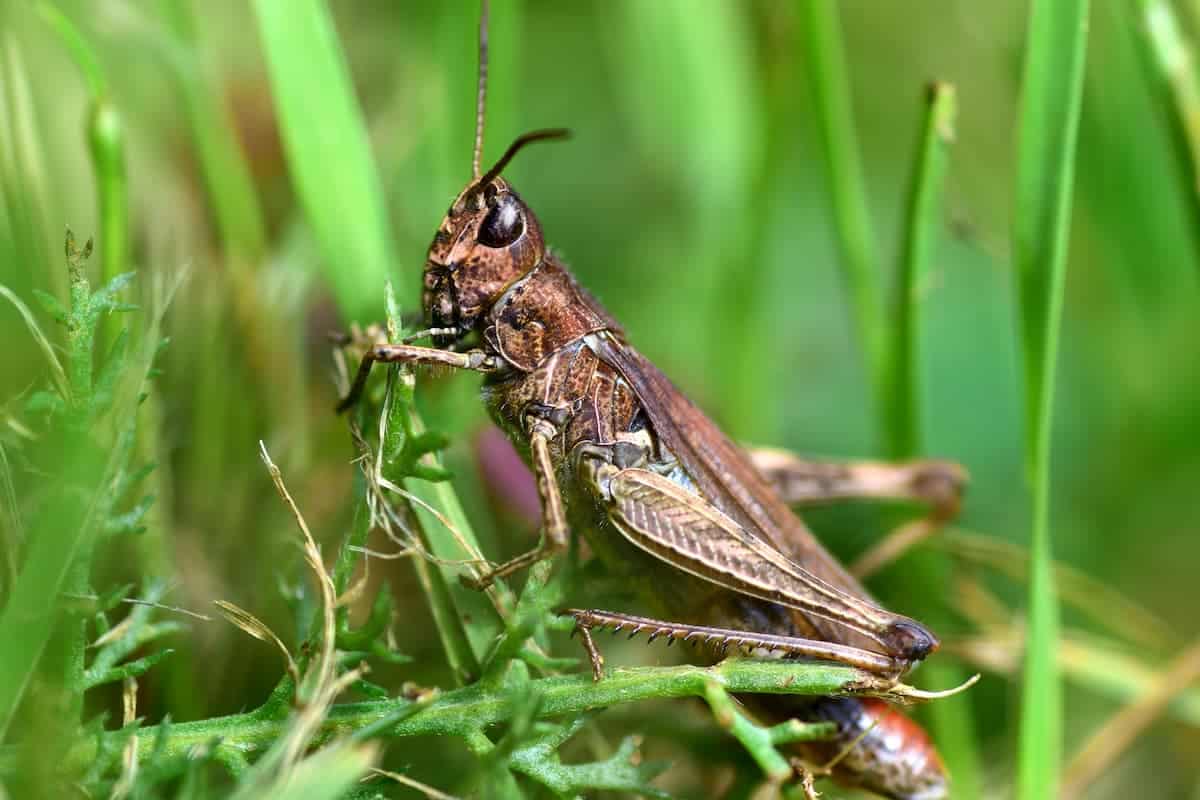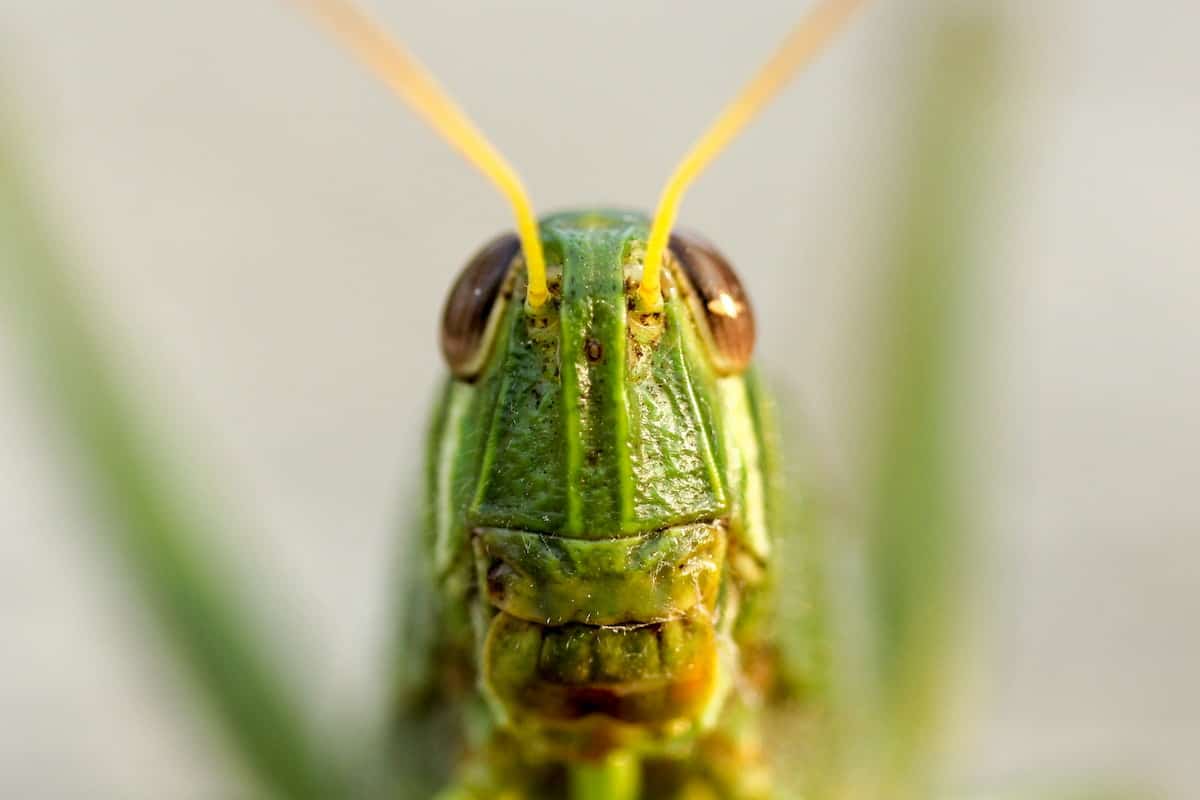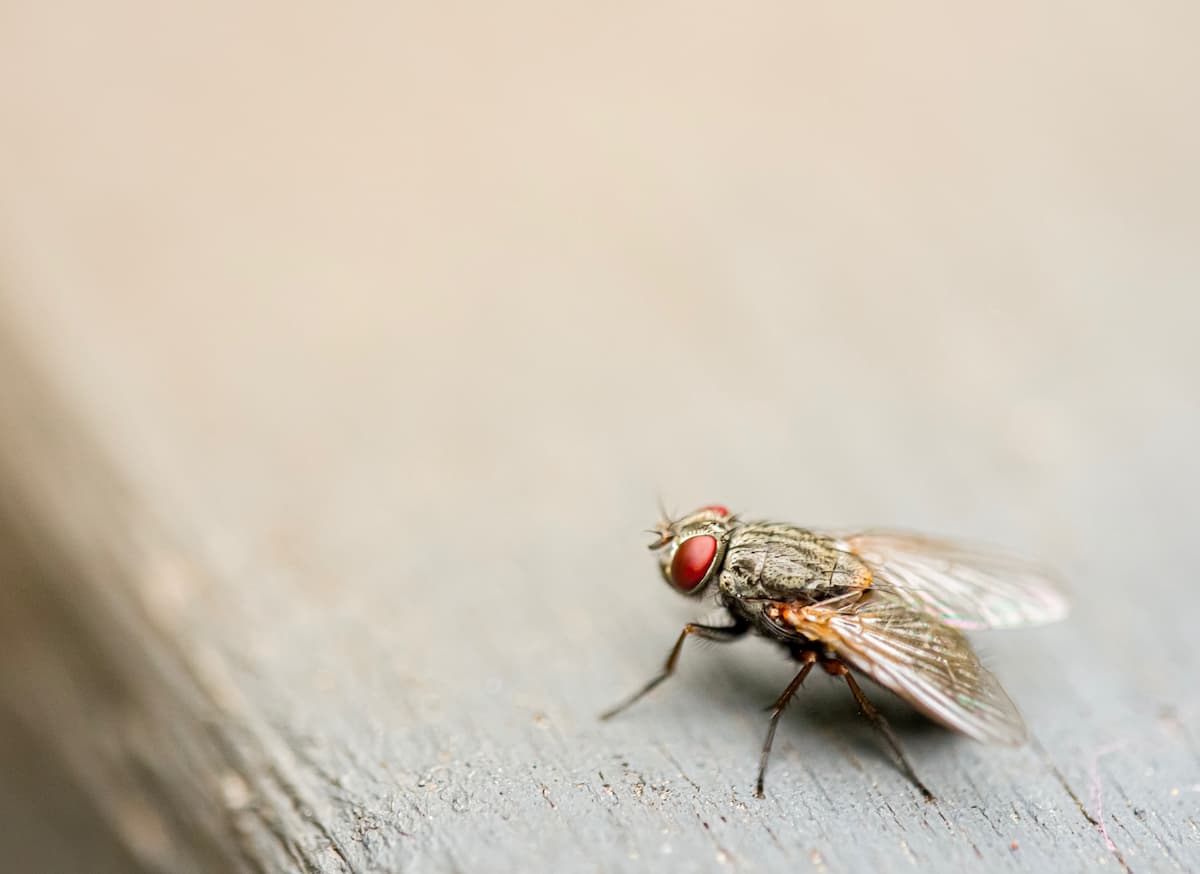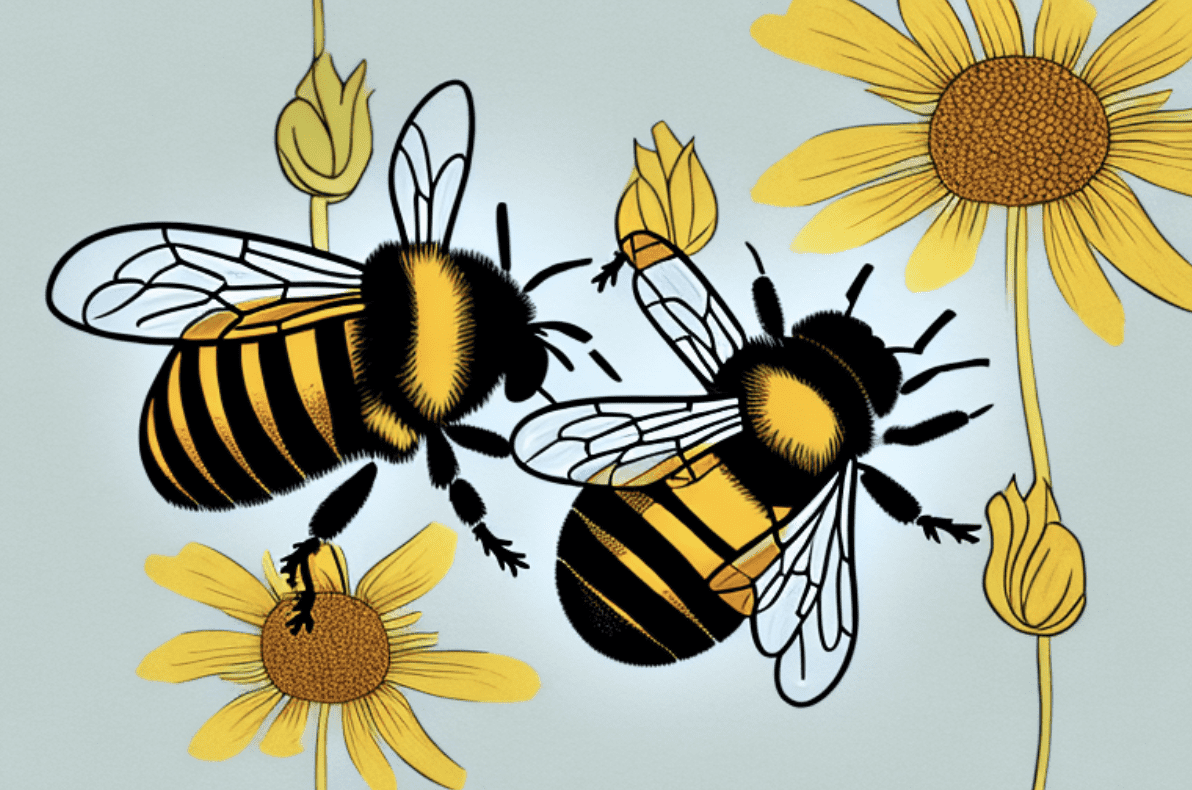Spiders are interesting critters, as they offer benefits and potential dangers. Spiders help capture bugs in your home but may also creep you out.
You may also notice that spiders sometimes seem to stay in the same spot for days. Are they sleeping, resting, or dead?
Spiders do not sleep in the same way as humans and other mammals. Spiders rest by entering a state of reduced mental and physical activity. They remain motionless to avoid exerting energy, allowing them to rest for days on end.
Yet, there is more to consider when researching spider sleeping habits. Use the following guide if you want to learn more about how spiders sleep.
Spiders Curl Their Legs to Conserve Energy
Spiders do not “sleep” in the traditional sense. However, spiders still follow a circadian rhythm. They have periods of activity and inactivity.
Most species of spiders are active at night and inactive during the day. They may stand motionless or slightly curl their legs when resting.
Spiders curl their legs to lower their metabolic rate, which saves energy. Curling the legs limits neurological activity and blood flow.
A spider’s sleep schedule is mostly determined by the availability of food. Spiders often have a reserve of food but can go 30 to 60 days without something to eat. They may enter a state of lower metabolic activity called “torpor” to save their energy.
Spiders Sleep in Their Webs
Spiders sleep near or in their webs. The web protects them from larger insects that may eat the spider and helps capture smaller insects.
The web also allows spiders to sleep in unusual positions. The orientation of the spider depends on the location of the web. For example, a spider in a web in the corner of the room may sleep hanging upside down or vertically.
Spiders Rest When They Cannot Eat
Depending on the weather and availability of food, a spider may rest for most of the day or remain in a state of torpor for days on end. Spiders do not enter a state of deep sleep. They simply reduce their activity level, which allows them to spring into action if prey crosses their path during their rest.
While spiders often fold their legs slightly to conserve energy, they do not entirely curl their legs. A spider with completely curled legs is likely dead.
Spiders are often found resting near their webs or inside their burrows. As with most species, spiders rest in areas that are safe from threats or that provide easy access to food.
Web-building spiders stay near their web for easy access to food. If a critter passes the web, the spider can quickly become active and capture its prey.
Some Species of Spiders Hibernate During the Winter
Along with a lack of food, spiders rest when there is a lack of warmth. When the temperatures get colder, some species of spiders enter a state of deep rest called “diapause,” which is comparable to hibernation.
Diapause allows spiders to slow their metabolism to almost a standstill. They do not move.
Spiders produce a chemical to keep their bodies warm during hibernation. The chemical, polyhydroxy alcohol, acts as an antifreeze, keeping the spider from freezing in extremely cold weather. The chemical works with existing fluids to keep ice crystals from forming inside the bloodstream. However, spiders can still freeze in cold enough conditions.
Some species of spiders live less than a year and typically die out during the winter. For example, the North American black and yellow garden spider dies when winter arrives. Eggs hatch the following spring, resulting in a wave of spiders.
Not all spiders hibernate. Some species of spiders seek a warmer environment when outdoor temperatures grow cold. Spiders may crawl under rocks, tree roots, and buildings. Some spiders may also seek shelter inside buildings and homes.
Spiders that seek warmth for the winter continue their normal sleep pattern. They remain active at night and less active during the day.
Spiders Rest to Avoid Predators
Spiders choose to rest when they cannot find food or to avoid predators. Spiders are prey to a variety of animals, including:
- Birds
- Monkeys
- Lizards
- Snakes
- Centipedes
- Larger spiders
Many of the animals that eat spiders are active during the day. Spiders avoid going out during the day to limit the risk of encountering a predator.
Some Female Spiders Fall Asleep During Mating
Female funnel-web spiders pass out during mating. They lose consciousness due to their response to the pheromones from the male spider.
Scientists believe that the sedative pheromone evolved to protect the male spider from cannibalization. Female spiders tend to eat anything, including male spiders.
During mating season, the female funnel-web spider releases pheromones to attract males. The male spiders leave their nests in search of the source of the pheromones.
After finding the female spider’s burrow, the male releases his own pheromones to lure the female out. The female spider collapses and the male spider completes the mating process.
Spiderlings Sleep in the Egg Sac Until Warmer Weather Arrives
Most species of spiders begin mating and laying eggs in the late summer or early fall. They can sense when the temperature is starting to change and prepare for the colder weather by finding a spot to lay the eggs.
Female spiders lay their eggs in a safe, dark spot, such as rotting wood, rock piles, or under the bark of a tree. Spiders may also lay eggs in basements and buildings.
The eggs may hatch in the winter or early spring when the temperatures are still cold. The spiderlings continue to live and sleep in the egg sac until the weather warms.
Conclusion
Spiders do not sleep but they have cycles of activity and inactivity. Spiders become less active to limit their metabolic rate. They expend less energy when resting, which allows them to go long periods without eating.
Spiders may rest for up to 60 days without access to food or when the temperatures grow too cold to search for food. However, not all spiders follow the same routine. Research individual species of spiders to learn more about their specific sleep habits.
